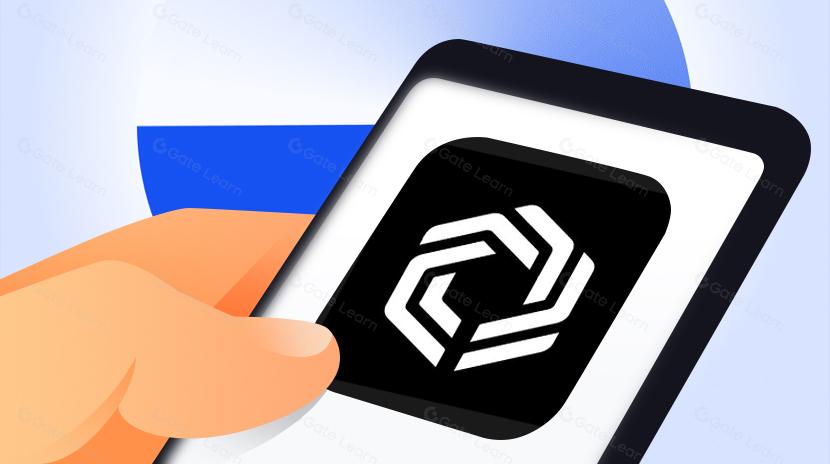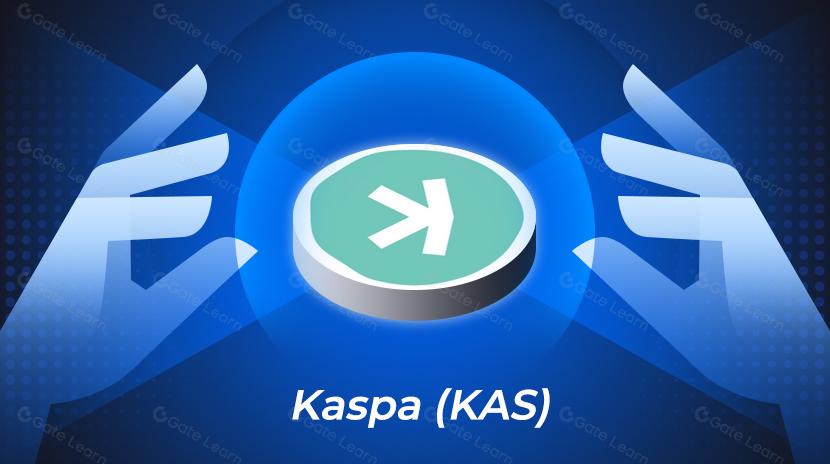Qu'est-ce que le Staking, le Liquid Staking et le Restaking ?
Concept de Staking
Sur le marché des actifs numériques, le concept de staking est similaire à celui des marchés financiers traditionnels. Il implique de détenir une certaine quantité de cryptomonnaie et de la verrouiller dans un réseau blockchain spécifique via un contrat intelligent pour participer au consensus du réseau et au processus de récompense. Par exemple, les utilisateurs peuvent mettre en jeu de l'ETH sur le réseau Ethereum pour aider à maintenir la sécurité du réseau et gagner des récompenses, ou mettre en jeu de l'ETH sur la plateforme MakerDao pour recevoir la stablecoin DAI. Ce mécanisme de staking tire parti de la décentralisation et de la transparence de la technologie blockchain, renforçant la stabilité et la sécurité du réseau tout en offrant aux utilisateurs des services financiers tels que le prêt.
Concept de Staking Liquide
La liquidité du staking fait référence à la tokenisation des actifs misés. Dans le staking traditionnel, les utilisateurs bloquent leurs cryptomonnaies pour soutenir la sécurité et le fonctionnement de la blockchain, ce qui entraîne une liquidité insuffisante des actifs misés, surtout en période de volatilité du marché. Le staking liquide résout ce problème en émettant des jetons représentant la propriété des actifs misés. Ces jetons peuvent être librement échangés, vendus ou utilisés comme garantie dans d'autres applications DeFi, tandis que les actifs sous-jacents demeurent misés dans le réseau. Grâce au staking liquide, les utilisateurs peuvent gagner des récompenses de staking sans compromettre la liquidité des actifs, ce qui augmente considérablement l'efficacité en capital et la liquidité du marché.
Concept de Restaking
EigenLayer a introduit le concept de "restaking" sur Ethereum. Il permet à l'ETH déjà misé sur Ethereum d'être à nouveau misé sur d'autres protocoles de couche deux, offrant une sécurité supplémentaire à divers services décentralisés sur Ethereum et permettant au parieur de gagner des récompenses supplémentaires. Alors que le staking liquide sécurise les blockchains PoS, le restaking de liquidités peut offrir des garanties de sécurité pour des modules externes comme les oracles.
Qu'est-ce que le LST (jeton de mise en jeu liquide)?
LST fait référence aux jetons de mise en liquidité émis dans le cadre d'un protocole de mise en liquidité, également connus sous le nom de dérivés de mise en liquidité (LSD). Les exemples incluent le stETH de Lido, le sfrxETH de Frax et le rETH de Rocket.
Qu'est-ce que LSDFi (Liquid Staking Finance)?
LSDFi combine LSD avec DeFi, créant une forme avancée de staking et d'opportunités de prêt basées sur le staking LSD. Essentiellement, il fusionne le marché LSD avec les produits DeFi, offrant aux utilisateurs plus d'opportunités de staking et d'emprunt uniques. Par exemple, en combinant CDP et LSD : Le modèle CDP (Collateral Debt Position) a été proposé pour la première fois par MakerDAO, permettant aux utilisateurs de créer des stablecoins indexés sur le dollar américain en misant des actifs de grande qualité tels que l'ETH. Dans LSDFi, l'utilisation de LST comme garantie dans le modèle CDP pour créer des stablecoins peut créer un produit stable tout en générant des récompenses de staking à partir d'Ethereum. Les utilisateurs peuvent tirer parti de cette configuration en misant de l'ETH pour recevoir du stETH, puis en utilisant du stETH comme garantie pour créer des stablecoins, et en utilisant ces stablecoins pour acheter plus d'ETH pour un staking ultérieur.
Qu'est-ce que LRT (Liquidity Restaking Token) ?
LRT fait référence aux jetons de restaking de liquidité obtenus en restakant LST, également appelés dérivés de restaking de liquidité (LRD). Par exemple, staker 1 ETH dans Lido puis restaker le stETH résultant dans EigenLayer rapporterait un jeton LRT. Cela permet aux utilisateurs de profiter à la fois des récompenses d'inflation PoS de l'ETH et des récompenses de largage d'EigenLayer.
Pourquoi LRT est-il nécessaire ?
Pour les protocoles LST, ils font face à plusieurs défis :
- Demande AVS : Les utilisateurs doivent choisir AVS (Système de Vérification d'Adresse) et l'exécuter, ou le déléguer à EigenLayer, les opérateurs réseau de Gate.com.
- Liquidité verrouillée : La liquidité de ETH/LST est à nouveau verrouillée après le Staking.
- Limitations de gains : AVS distribuera de nombreuses récompenses différentes, ce qui pourrait entraîner une inefficacité extrêmement élevée des frais de gaz sur le réseau principal Ethereum.
Le protocole LRT aide à résoudre ces problèmes en abstrayant la complexité : les utilisateurs déposent de l'ETH/LST pour recevoir du LRT lié au staking, aux récompenses de restaking et aux futurs airdrops. Le protocole LRT gère tous les processus de restaking en arrière-plan. En même temps, le LRT aide à économiser les frais de gaz en regroupant les récompenses pour l'ensemble du pool.
En fournissant ces fonctionnalités, les protocoles LRT offrent un moyen simplifié et efficace de maximiser les avantages du staking et du restaking tout en minimisant la complexité et les coûts en gaz pour les utilisateurs.
Articles Connexes

Rapport de recherche sur Immutable X (IMX)

Qui est Satoshi Nakamoto?

Kaspa (KAS) Rapport de recherche

Rapport de recherche Uniswap (UNI)

IO.NET (IO) Rapport de recherche


